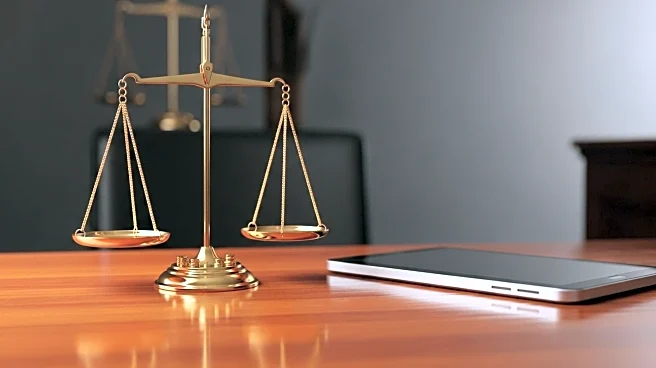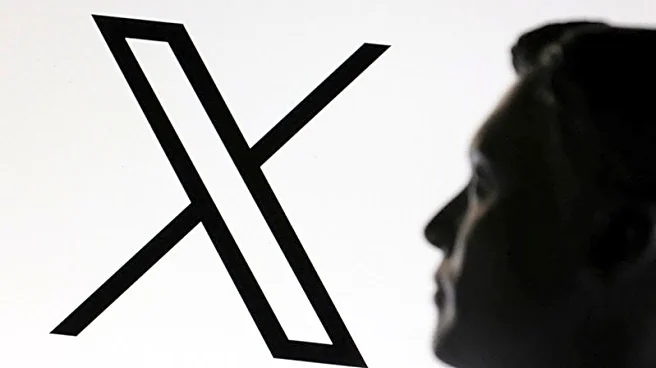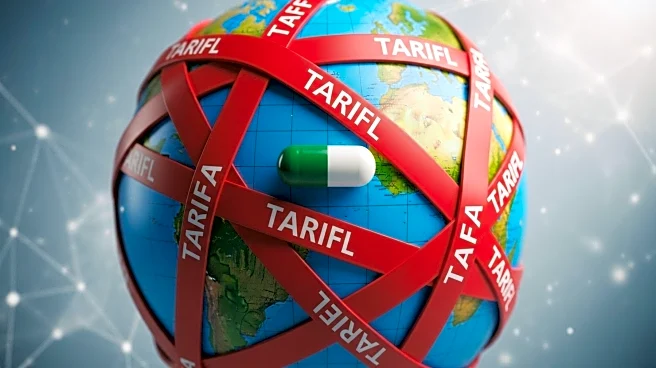What's Happening?
Social media platform X has announced its intention to appeal a recent ruling by the Karnataka High Court in India, which upheld a government-run content takedown system known as Sahyog. The system allows police to issue content removal orders without judicial review, which X argues violates Section 69A of the Indian IT Act and infringes on constitutional rights to freedom of speech. X, which has refused to comply with the system, describes it as a 'censorship portal' and claims it circumvents legal safeguards. The court, however, rejected X's argument, stating that as a foreign company, X does not have the constitutional right to freedom of expression under Indian law.
Why It's Important?
The case highlights the ongoing tension between global tech companies and national governments over content regulation and free speech. For U.S.-based X, the ruling could set a precedent affecting its operations in other countries with similar regulatory frameworks. The decision also raises questions about the balance between national security and individual rights, as well as the role of foreign companies in domestic legal systems. The outcome of X's appeal could influence how other tech giants navigate content regulation in India, a significant market for social media platforms.
What's Next?
X plans to appeal the court's decision, aiming to defend what it sees as a critical issue of free expression. The appeal process could lead to further legal scrutiny of India's content regulation practices and potentially impact the operations of other international tech companies in the country. Meanwhile, the Indian government may face increased pressure to justify its regulatory approach and ensure it aligns with international standards on freedom of speech.
Beyond the Headlines
The case underscores the broader ethical and legal challenges of regulating digital content in a globalized world. It raises questions about the extent to which governments can control information flow and the responsibilities of tech companies to protect user rights. The situation also reflects the growing influence of tech companies in shaping public discourse and the complexities of enforcing national laws in a digital age.












